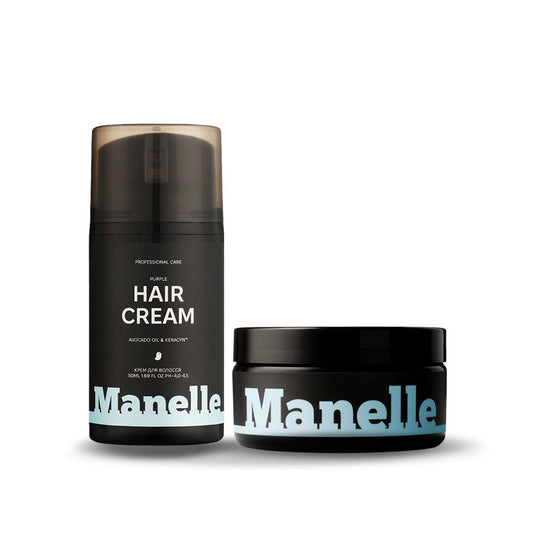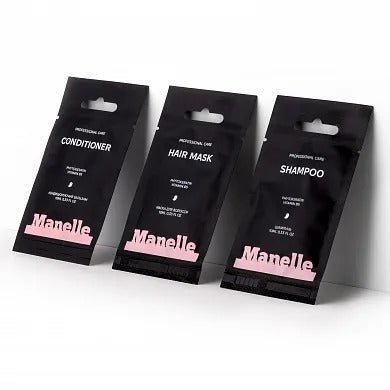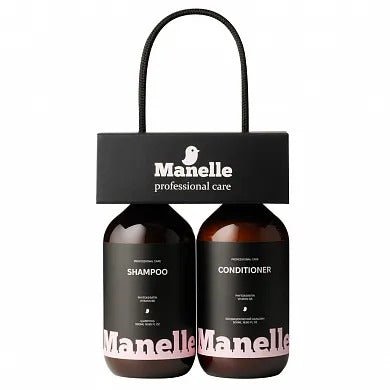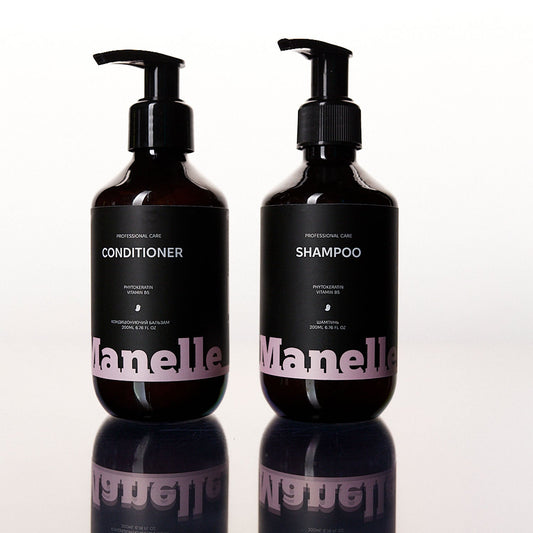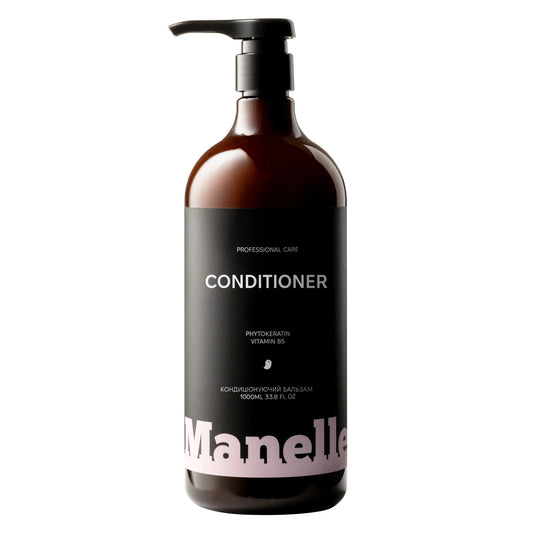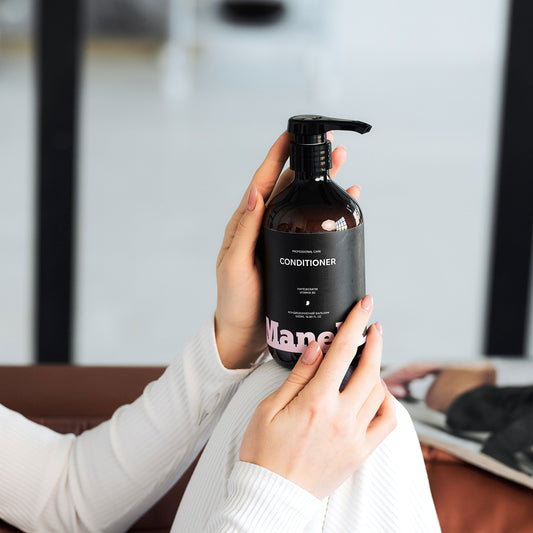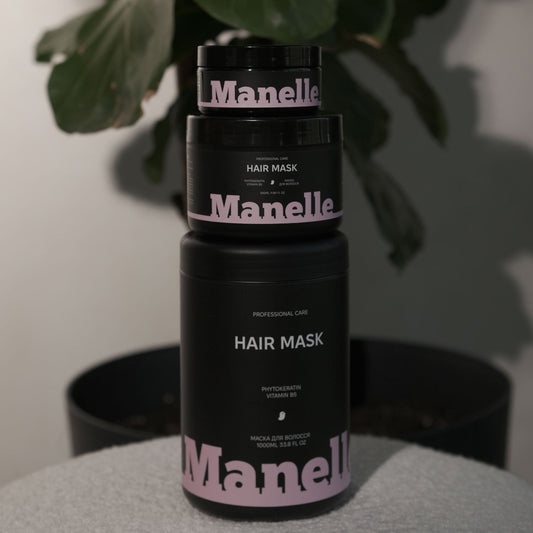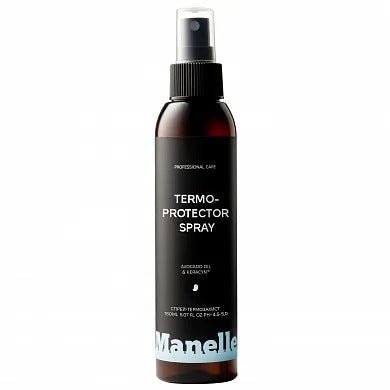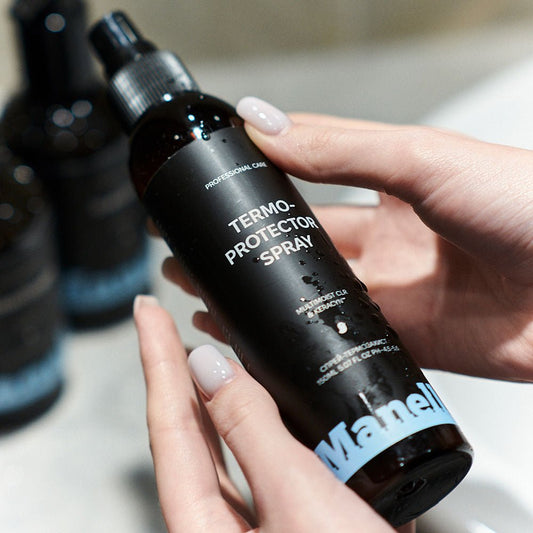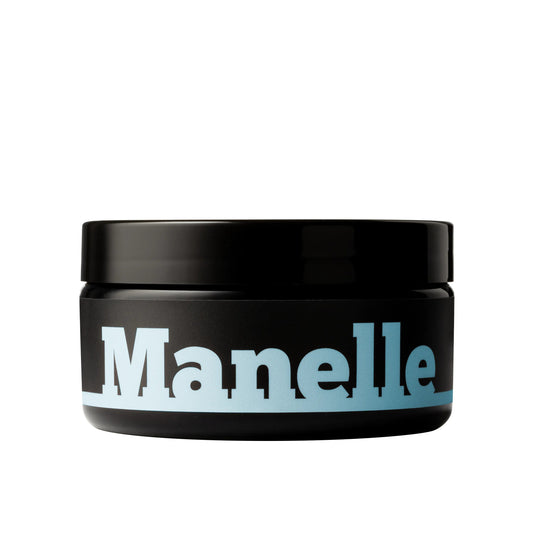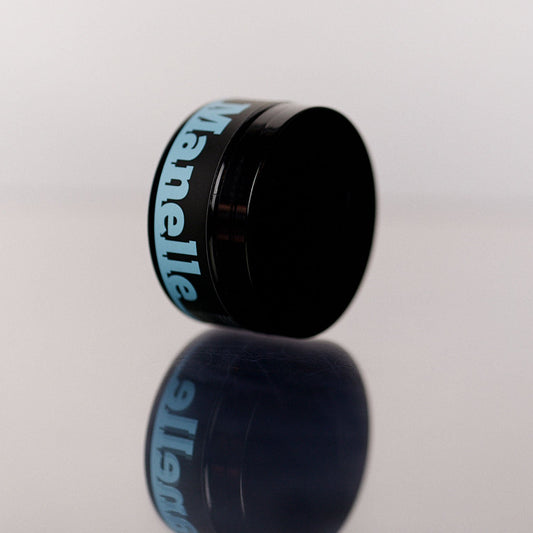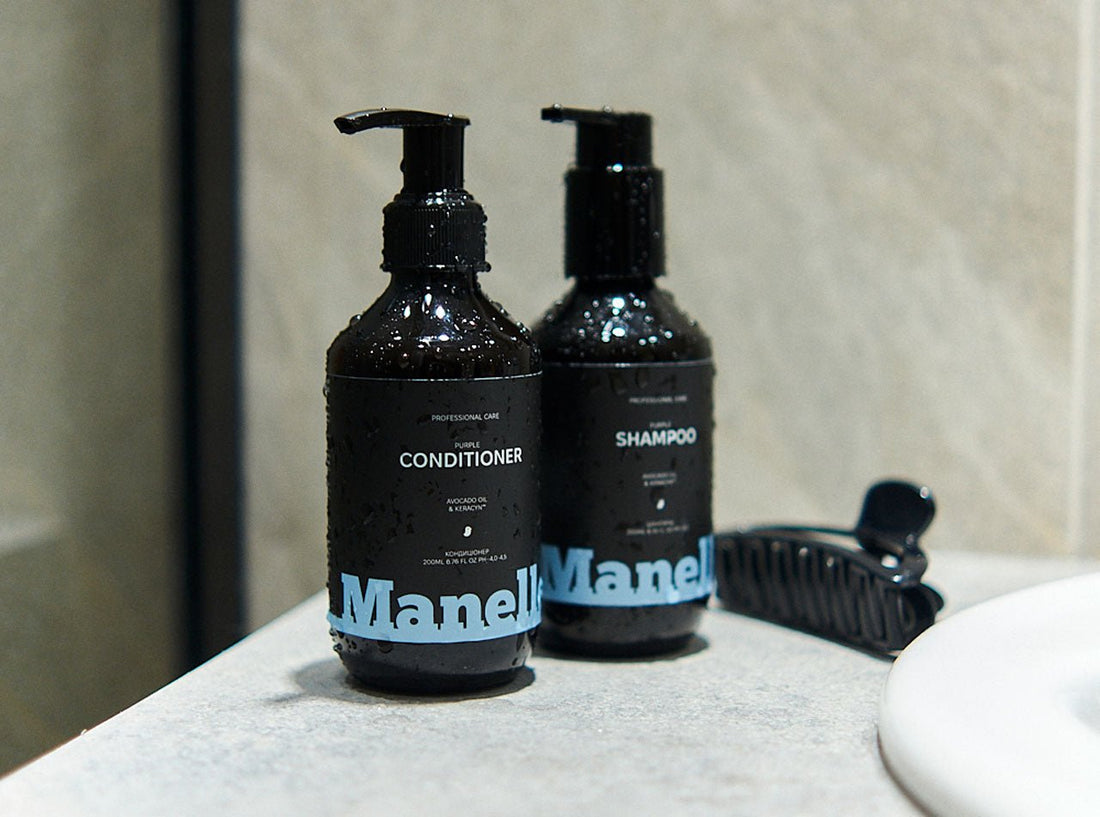
Phytokeratin for hair: an alternative to traditional keratin from plant sources
In the world of modern cosmetology, innovative solutions are constantly emerging that combine scientific achievements with the power of nature. One such breakthrough is phytokeratin - a plant-based alternative to traditional animal keratin, which is revolutionizing hair and skin care.
What is phytokeratin: a natural powerhouse for your hair
Phytokeratin can be compared to the "vegetable counterpart" of regular keratin - the main protein that makes up 95% of the structure of our hair. If you imagine hair as bricks in a house, keratin is the cement that holds the entire structure together. Phytokeratin performs a similar function, but is obtained from plant sources such as wheat, soy, rice and corn.
This innovative ingredient works at the molecular level, penetrating the hair structure through micropores in the cuticle. Unlike synthetic substitutes, phytokeratin has an amino acid structure similar to human keratin, which ensures its high biocompatibility. This means that the hair "recognizes" it as a native component and easily absorbs it.
The special feature of phytokeratin is its ability to adapt to the individual needs of the hair. Damaged areas receive more nutrients, while healthy hairs receive preventive protection. Thus, phytokeratin acts as a "smart" cosmetic repair system.
Advantages of phytokeratin over traditional remedies
The main advantage of phytokeratin is its ethical and environmental friendliness. While traditional keratin is obtained from sheep wool or other animal sources, phytokeratin is a 100% vegan product. This makes it an ideal choice for people who follow an ethical lifestyle or are allergic to animal proteins.
In terms of effectiveness, phytokeratin has a smaller molecular size compared to its animal counterpart. This means that it penetrates the hair structure better, especially in damaged areas. Imagine phytokeratin as fine sand that easily fills all the gaps, while regular keratin is like large pebbles that can get stuck on the surface.
Another important advantage is the hypoallergenicity of phytokeratin. The plant origin minimizes the risk of allergic reactions, which is especially important for people with sensitive scalps. In addition, phytokeratin does not contain formaldehyde and other aggressive chemical compounds, which are often present in traditional keratin straightening products.
How phytokeratin affects hair structure
The mechanism of action of phytokeratin resembles the work of a qualified restorer who restores an ancient painting. First, it penetrates the cortex of the hair - the inner layer, where the bulk of keratin fibers are concentrated. There, phytokeratin fills microvoids and cracks that have formed as a result of mechanical or chemical damage.
In the second stage, phytokeratin forms a protective film on the hair surface, smoothing the cuticle. This process can be compared to polishing a wooden surface - the hair becomes smoother, shinier and less prone to tangling. At the same time, the natural ability of the hair to "breathe" is preserved, unlike some synthetic coatings.
The uniqueness of phytokeratin lies in its ability to "remember" the original structure of the hair. It does not simply fill in the damage, but tries to restore the natural connection between keratin fibers. This provides a long-lasting effect and a gradual improvement in the condition of the hair with each application.

Types of phytokeratin and their features
In modern cosmetology, several types of phytokeratin are used, each of which has its own unique properties. Wheat phytokeratin is considered the most universal - it is suitable for all hair types and is especially effective for thin, weakened hair. Its molecules have the optimal size to penetrate the hair structure without weighing it down.
Soy phytokeratin is more suitable for thick, porous hair. It has a higher molecular weight and creates a stronger protective barrier. Rice phytokeratin is ideal for curly and Afro hair, as it does not disrupt the natural texture, but only improves elasticity and reduces breakage.
Corn phytokeratin is often used in products for colored hair, as it has the property of "sealing" the color and prolonging its durability. Some manufacturers combine different types of phytokeratin in one product, creating complex formulas for maximum effectiveness. Such combinations work like a symphony orchestra, where each instrument plays its part to achieve a harmonious result.
Proper use of phytokeratin at home
Using products with phytokeratin requires a certain sequence, which can be compared to the recipe for your favorite dish - each step is important to achieve the perfect result. First of all, the hair must be thoroughly cleaned with a deep cleansing shampoo to remove the remains of styling products and dirt. It's like preparing a canvas before painting.
The next step is to apply the product with phytokeratin to damp hair, starting from the mid-lengths and moving towards the ends. It is better to avoid the roots, as excess product can quickly lead to greasy hair. The product should be distributed evenly, using a comb with rare teeth or a special brush.
The exposure time depends on the degree of hair damage and the concentration of phytokeratin in the product. For preventive care, 3-5 minutes is enough, for intensive restoration it may take up to 15-20 minutes. It is important not to overdo the product, as this can lead to excessive stress on the hair. Rinse with warm water until the product is completely removed.
Combining phytokeratin with other active ingredients
Phytokeratin is excellent "friends" with many other useful components, creating a synergistic effect. The combination with natural oils - argan, jojoba, coconut is especially successful. These ingredients complement the action of phytokeratin, providing additional nutrition and hydration. You can imagine this as an ideal team, where each member enhances the strengths of the others.
Hyaluronic acid combined with phytokeratin creates a powerful moisturizing complex. While phytokeratin restores the structure, hyaluronic acid retains moisture inside the hair. Panthenol (provitamin B5) enhances the regenerative properties of phytokeratin, accelerating recovery processes at the cellular level.
An interesting combination of phytokeratin with plant extracts - chamomile, aloe vera, green tea. These components not only enhance the effect of phytokeratin, but also provide antioxidant protection. However, it is worth avoiding simultaneous use with aggressive chemical components, such as sulfates or low-quality silicones, which can neutralize the beneficial effects of plant keratin.

Choosing high-quality cosmetics with phytokeratin
When choosing cosmetics with phytokeratin, you should pay attention to several key points. First, the concentration of the active ingredient - quality products contain from 2% to 8% phytokeratin. Too low a concentration will not give a noticeable effect, and too high can lead to oversaturation of the hair with proteins. It's like salt in food - both too little and too much spoil the taste.
It is also important to pay attention to the form of phytokeratin in the product. Hydrolyzed phytokeratin has a lower molecular weight and is better absorbed. On the label it may be indicated as "Hydrolyzed Wheat Protein", "Hydrolyzed Soy Protein", etc. Quality manufacturers always indicate the source of phytokeratin and its concentration.
Here are the main criteria for choosing high-quality cosmetics with phytokeratin:
- Availability of quality and safety certificates
- Transparent information about the composition and concentration of active substances
- No harsh sulfates or parabens
- Positive user reviews and recommendations from trichologists
- The manufacturer's reputation in the cosmetic market
It is also worth considering the packaging - high-quality cosmetics with phytokeratin are usually sold in dark bottles or tubes that protect the active ingredients from the destructive effects of light. The shelf life should not exceed 2-3 years from the date of manufacture.
Results and duration of effect from using phytokeratin
The first results from the use of phytokeratin can be seen after the first application - the hair becomes more obedient, a natural shine appears, and electrification decreases. However, to achieve the maximum effect, a course approach is needed. As in sports, where the result appears not after the first workout, but after regular classes, so with phytokeratin - the cumulative effect appears after 2-4 weeks of regular use.
The duration of the effect depends on the initial condition of the hair, the frequency of use and compliance with the care rules. With preventive use (1-2 times a week), the improvement in the condition of the hair persists for 4-6 weeks after the end of the course. For severely damaged hair, an intensive course may be required - daily use for 1-2 weeks, followed by a transition to a maintenance regimen.
Long-term results of using phytokeratin include:
- Restoring natural hair elasticity
- Reduces brittleness and split ends
- Improving texture and increasing density
- Protection from the negative impact of external factors
- Maintaining the brightness of dyed hair
- Facilitating the laying and styling process
It is important to understand that phytokeratin is not a panacea, but a tool for comprehensive care. The best results are achieved when combined with proper nutrition, sufficient water consumption and protection of hair from aggressive environmental factors.
Phytokeratin - the future of natural hair care
Phytokeratin represents a revolutionary step in the development of natural cosmetology, combining the best achievements of science with the power of nature. This innovative ingredient has proven its effectiveness as a safe and ethical alternative to traditional keratin of animal origin. For the modern consumer who values quality, environmental friendliness and results, phytokeratin becomes the optimal solution for restoring and protecting hair without compromise.
Using cosmetics with phytokeratin is an investment in the long-term health of your hair. Unlike aggressive chemical treatments that give a quick but short-term effect, phytokeratin works gradually, restoring the natural structure of the hair from the inside. Regular use of products with plant keratin not only improves the appearance of the hair, but also strengthens it at the cellular level, providing lasting results and natural protection.
The future of the beauty industry is inextricably linked to natural and sustainable solutions, and phytokeratin is a clear example of this trend. By choosing products with plant-based keratin, you are taking a conscious step towards ethical consumption and environmental care. At the same time, you are receiving high-quality professional care that is suitable for all hair types and meets the highest standards of safety and effectiveness.


